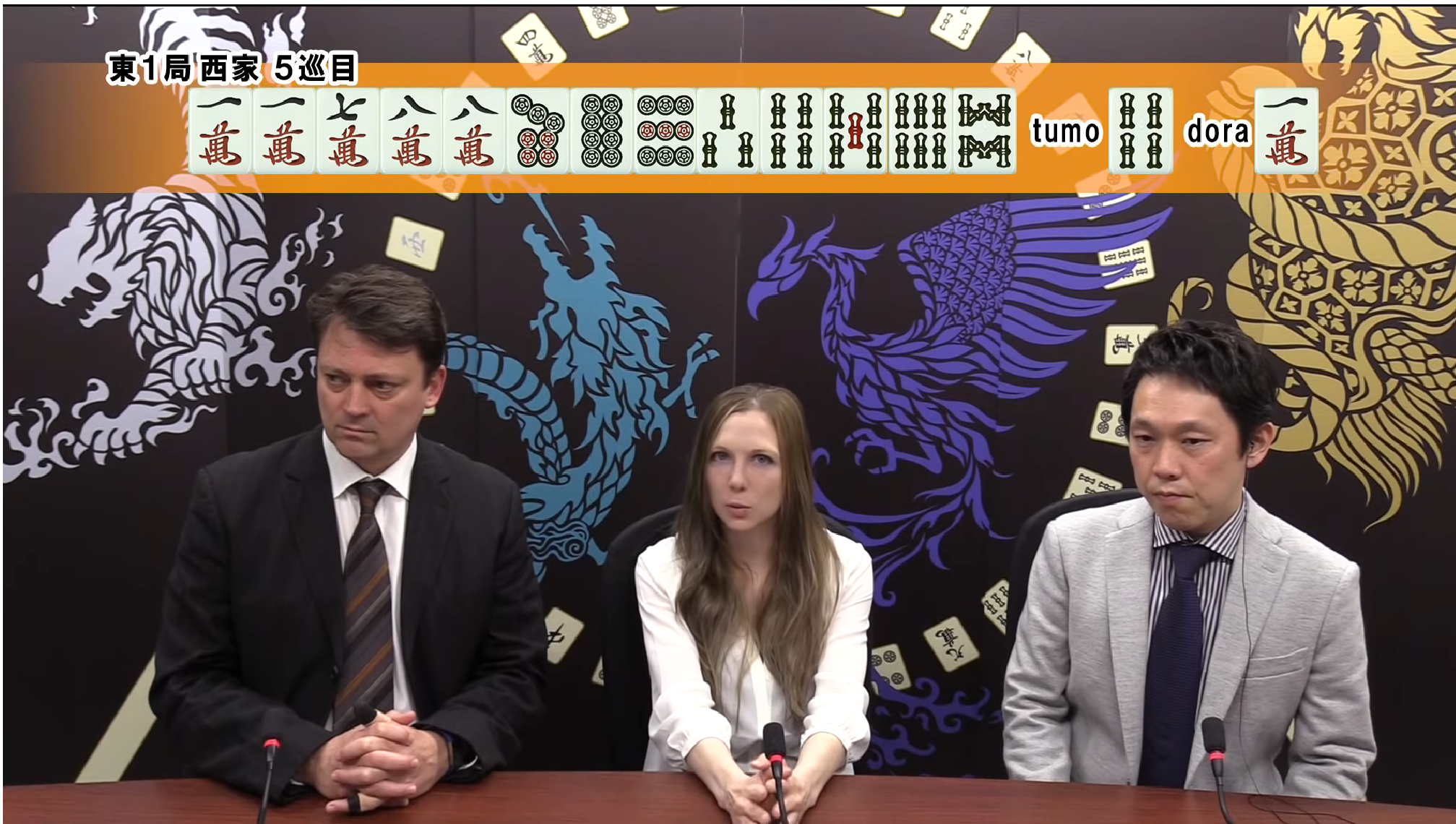Kabe Advantage
Suji is so en vogue nowadays that an oft neglected tool in the defender’s box is kabe.
What is kabe? Kabe means wall. Not the wall you’re drawing from but a theoretical wall drawn across a suit. By knowing where that theoretical wall has been drawn, you can divine potential safe tiles. Basically, it’s a blockade.
These safe tiles can be called “kabe suji”. (Remember suji means thread/string NOT 1-4-7 etc.)
This method is only effective if players are waiting on a two-sided wait. For example, if you can see all (3) in a suit. This would make (1) and (2) very unlikely to be useful unless they have an awkward wait as they wouldn’t be able to form a two-sided wait waiting on either (1) or (2) without the (3) in play
Eyes crossing? I feel you. Apart from the (5), all the other suji are just two tiles toward the outside of your kabe tile. The (5) is skipping one either side - so just remember that one as special.
Why does this work the way it does? Let’s imagine you see 4 x (4). That would mean they couldn’t have built a two-sided wait using a (4). So they can’t be waiting on a (2)-(5) or (3)-(6) wait. HOWEVER, they could have a (5)-(8) or (6)-(9) wait, which is why you can only rely on the (2)(3) as being somewhat safer.
The benefit of this is that unlike regular suji where everyone has that information, if a player has ponned the (4) and you have the last available one in your hand, you know something that no one else does and thus have - a rare thing in mahjong - an advantage!
(No specific references because this came out of my training and head.)



